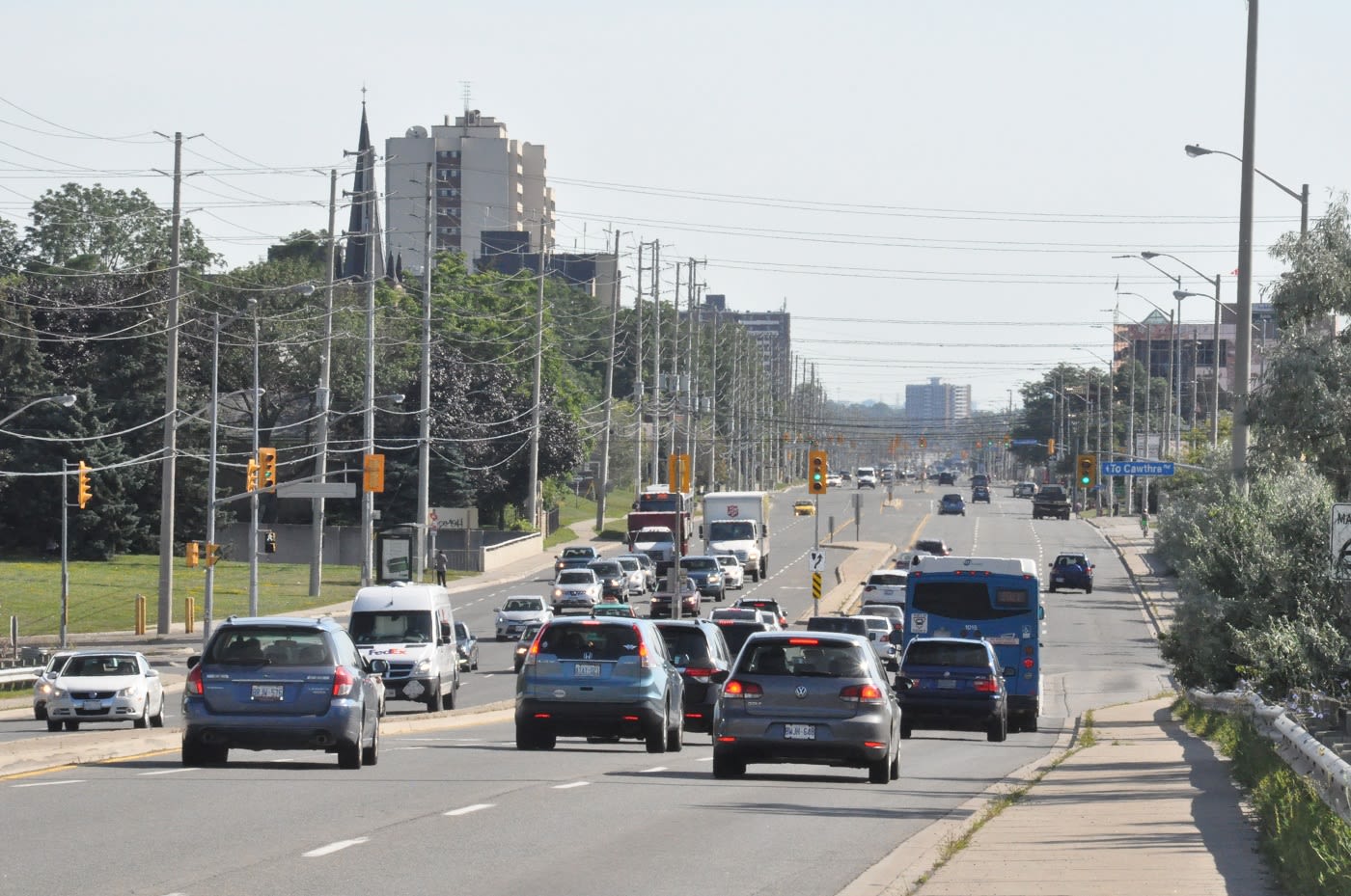
Dundas BRT
- Projects & Programs
- Dundas BRT
- Studies
- Dundas BRT Pinch Points
Preliminary design alternatives and pinch points assessment
Pinch point assessment using PDBC framework, as outlined below:
Strategic Case
How does the investment achieve strategic goals and objectives?
Economic Case
What is the investment’s overall value to society?
Financial Case
What are the financial implications of delivering the investment?
Deliverability / Operations Case
What risks and requirements must be considered for delivering and operating the investment?
How design alternatives and pinch points are evaluated
Public feedback identified environmental considerations as most important, followed by geometrics/infrastructure, traffic and property considerations.
Environmental
Geometrics/Infrastructure
Mobility and Traffic
Property
Pinch point evaluation
Pinch points
Pinch points along the proposed alignment are identified, assessed and evaluated.
Two pinch points within Mississauga were identified during engagement with the public:
- Cooksville – Mississauga East
- Erindale Valley – Mississauga West
These pinch points have undergone analyses to understand potential solutions to the challenges identified. The analyses also incorporated public feedback regarding how to address pinch points and evaluate alternative design solutions.